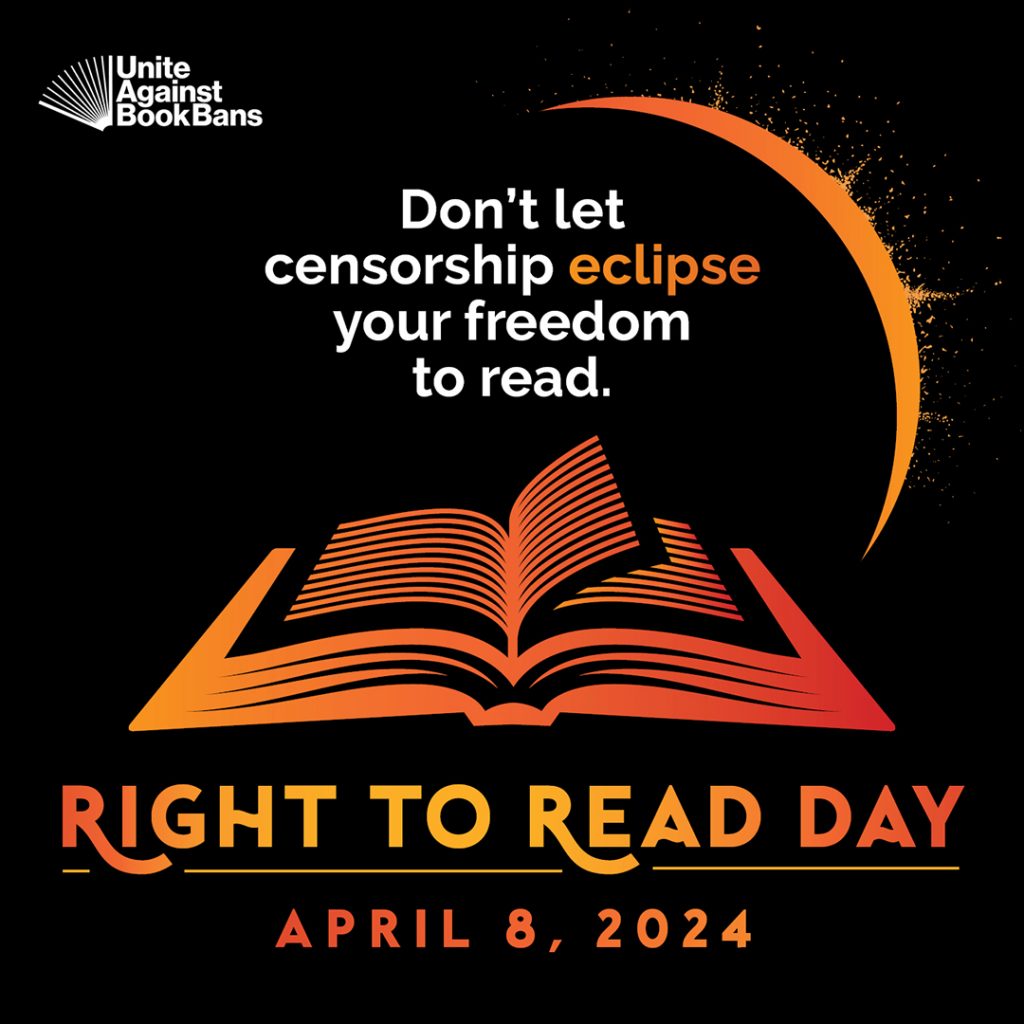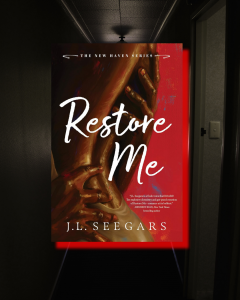Banned and Misunderstood: The Rise of Book Challenges Targeting Authors of Color
3 min read
Across the United States, school boards and libraries are facing a surge in challenges to books, particularly those written by authors of color or featuring protagonists from diverse backgrounds. This trend reflects a wider cultural debate about race, identity, and what stories young people should have access to.
The American Library Association (ALA) tracks challenges to books in libraries and schools. While book challenges have existed for decades, reports like PEN America’s “Banned in the USA: The Growing Movement to Censor Books in Schools” ([banned in the usa the growing movement to censor books in schools ON EveryLibrary action.everylibrary.org]) reveal a recent uptick. This report highlights a concerning disparity: books featuring protagonists of color, or themes related to race and racism, are disproportionately targeted.
Why the Rise in Book Challenges?
The reasons behind this surge are complex, but some key factors include:
- The National Debate on Race: Current national conversations about race relations and critical race theory (CRT) have bled into school board meetings. Some parents and community members associate books that explore race or racism with CRT, even though the theory is typically taught at the university level.
- Misinformation and Misunderstanding: Social media can amplify concerns about specific books, often with misleading information about content. Parents may be worried books will expose their children to inappropriate topics, without having actually read them.
- A Desire to Control Curriculums: Some groups are seeking greater control over what is taught in schools. Books that challenge traditional narratives or perspectives may be seen as a threat.

The Cost of Censorship
Banning books restricts students’ access to a diverse range of voices and experiences. Literature is a powerful tool for fostering empathy, understanding, and critical thinking skills. By limiting access to certain stories, students are denied the opportunity to learn about different cultures and perspectives.
Furthermore, book challenges can have a chilling effect on educators, who may hesitate to assign books they fear will be challenged. This ultimately harms students’ education and creates an atmosphere of fear and censorship.
Protecting the Right to Read
The fight against book challenges is rooted in the fundamental principle of intellectual freedom, guaranteed by the First Amendment. The American Library Association champions the “Freedom to Read” statement, which emphasizes the importance of access to information and ideas for all. ([freedom to read statement ON American Library Association ala.org]) This right extends to young people, who deserve the opportunity to encounter a variety of viewpoints and grapple with complex issues.
Take Action!
Here are some ways you can fight book censorship and defend the right to read:
- Tell Your Elected Officials: STAND UP TO CENSORSHIP! Your voice matters. Contact your U.S. Congressperson and urge them to defend intellectual freedom.
- Support Your Library Workers Thank a librarian for their hard work and dedication. Consider donating to the LeRoy C. Merritt Humanitarian Fund, which aids librarians facing threats for defending intellectual freedom.
- Fight Censorship in Your Community Attend library or school board meetings to advocate for access to diverse books. Report censorship attempts to the American Library Association.
- Read Banned Books! Borrow challenged books from your library or request them through interlibrary loan. Show there’s a demand for these titles.
- Get Involved with Your Local Library Volunteer, join a Friends group, or run for a library board position. Help shape your library’s collection and programs.
The recent surge in book challenges targeting authors of color is a troubling trend. By working together, we can ensure all students have access to a rich and inclusive selection of books, upholding their right to read and explore a world of ideas. You can find easy links to these action steps below…








